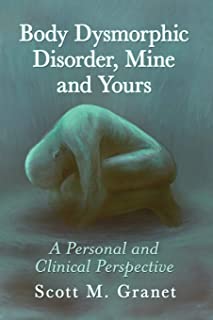Body Dysmorphic Disorder
A mental illness involving obsessive focus on a perceived flaw in appearance.
The flaw may be minor or imagined. But the person may spend hours a day trying to fix it. The person may try many cosmetic procedures or exercise to excess.
People with this disorder may frequently examine their appearance in a mirror, constantly compare their appearance with that of others, and avoid social situations or photos.
Treatment may include counseling and antidepressant medication.
Cluster Number:
Wiki Number: W024
Diagnosis: Body Dysmorphic Disorder
US Patients: US2%
World Patients:
Sex Ratio:
Age Onset: Age 12
Brain Area:
Symptoms: Ruminates about a real or exaggerated flaw, tries to hide or uses plastic surgery
Progression: 1/3 delusional, may “pick at it” and create scars, emotional hyper-arousal, social withdrawal
Causes: Those with poor self-image get proccupied and take more “selfies” which makes it worse.
Medications: anti-depressants; I (Jim Lohr) suspect women worry about features; men about sizes of body parts.
Therapies: CBT-clarifying the false observations
Youtube Video: Body Dysmorphic Disorder
Youtube Video: Because I’m Ugly
Amazon or Library Book: Shattered Image
Amazon or Library Book: Body Dysmorphic Disorder,
Mine and Yours
Click the book to link or order from Amazon.
Click the book to link or order from Amazon.


